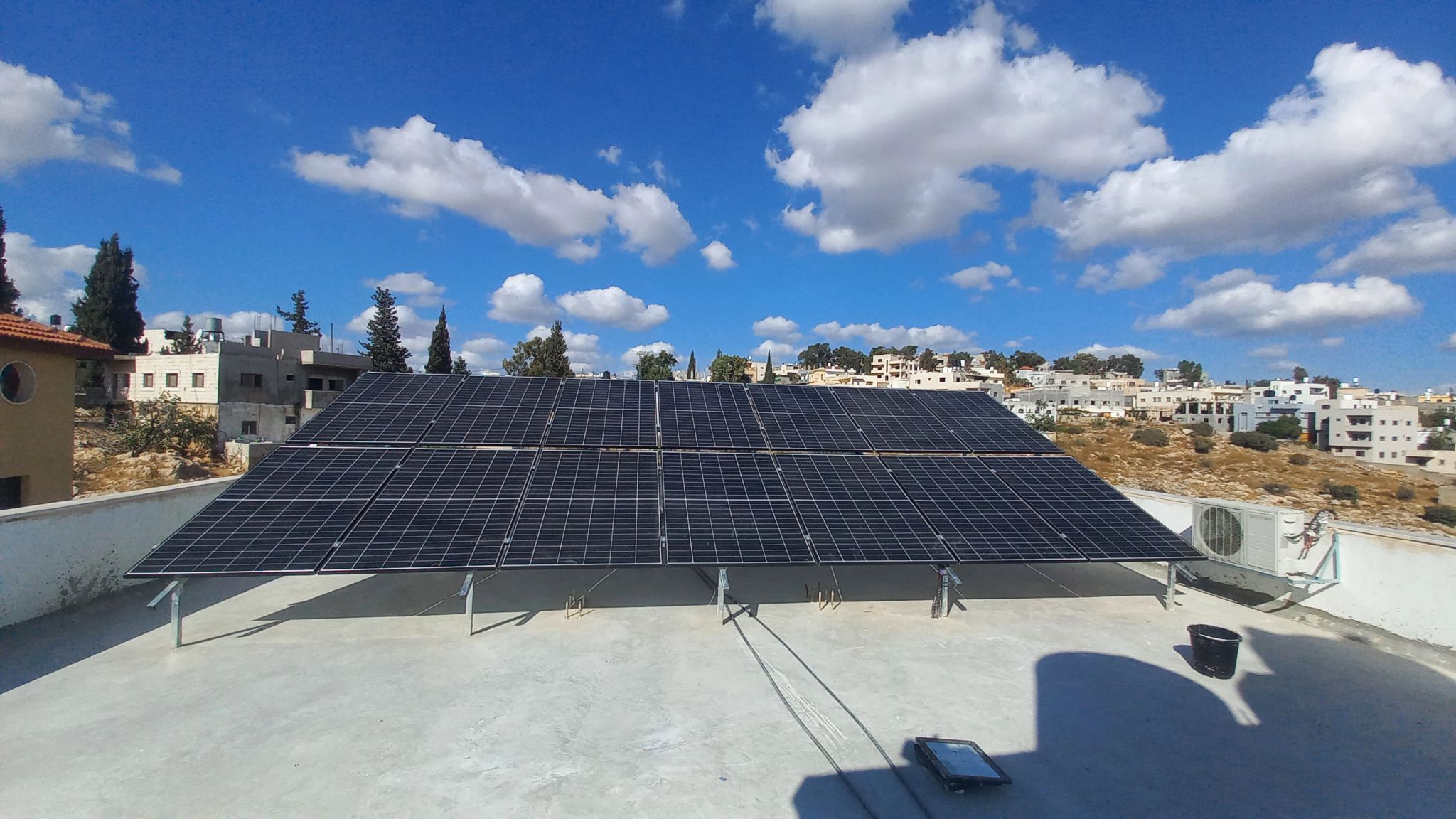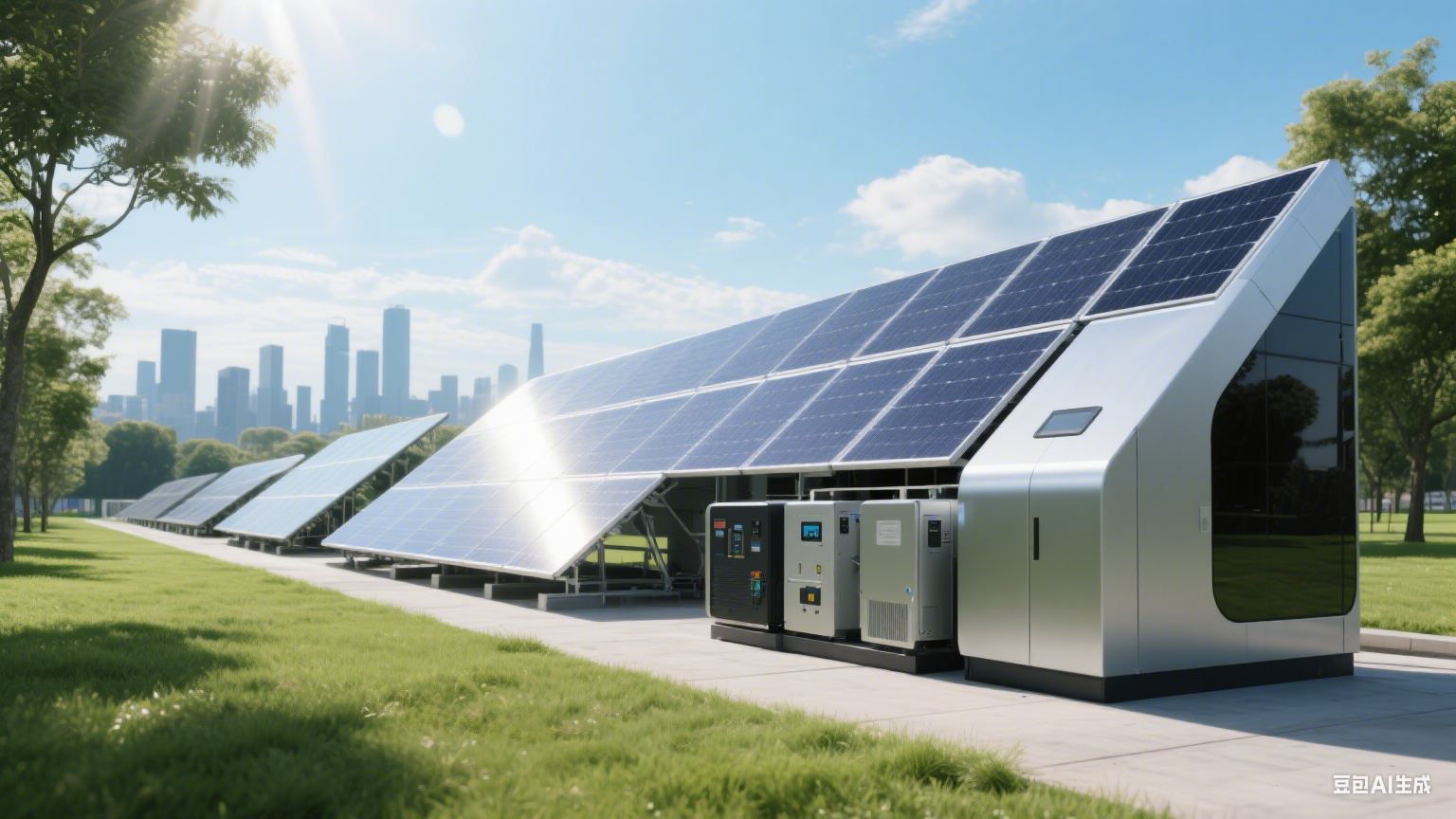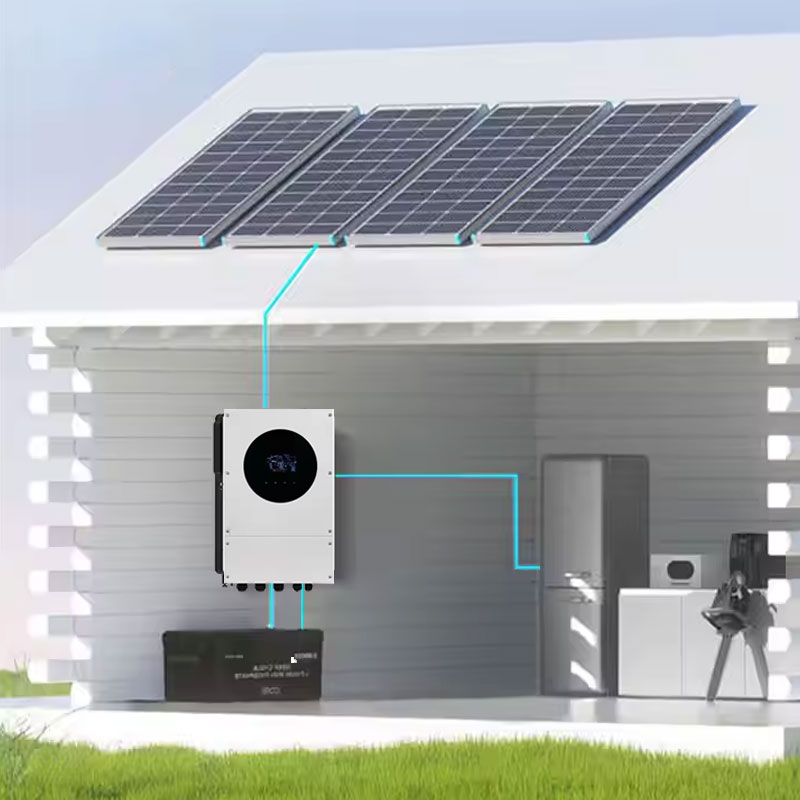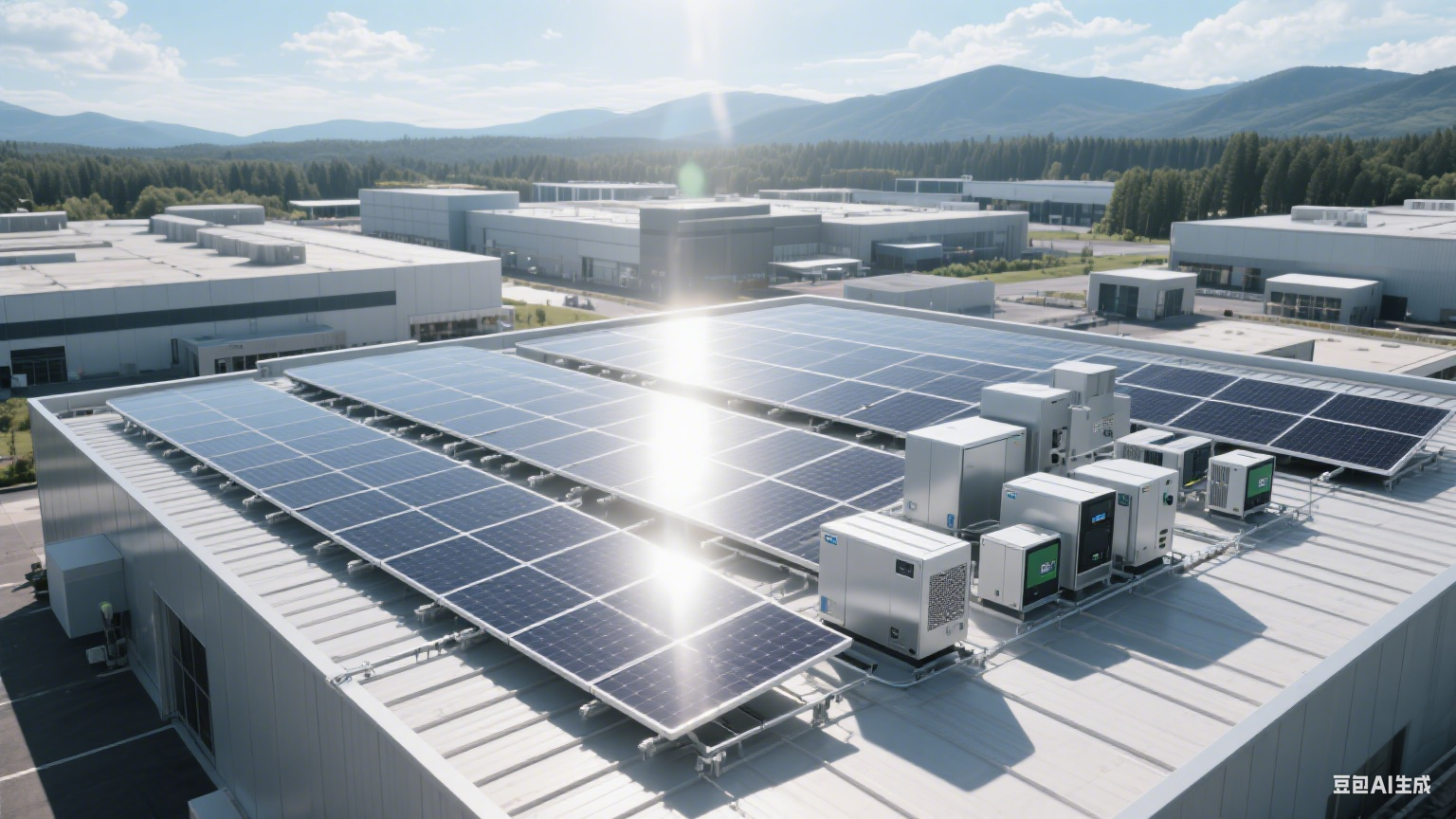Harnessing the Sun: An Introduction to Photovoltaic Technology
|
Section
|
Core Summary
|
|
Intro to Photovoltaic Tech
|
A key clean renewable energy tech, directly converting sunlight to electricity, aiding carbon footprint reduction and energy independence, with growing applications.
|
|
How Solar Systems Work
|
Silicon-based photovoltaic cells generate DC via the photovoltaic effect when exposed to sunlight; inverters convert it to AC for household and business use.
|
|
Advantages of Solar Energy
|
Eco-friendly (no greenhouse gas emissions), economical (lower electricity bills, higher property value), and enhances energy resilience (resists price fluctuations and grid failures).
|
|
Future of Photovoltaic Tech
|
Continuous innovation boosts efficiency and cuts costs (e.g., bifacial panels, perovskite cells, energy storage integration), set to play a vital role in the global energy mix.
|
In an era defined by the urgent need for cleaner energy sources, photovoltaic technology stands out as a powerful and accessible solution. This innovative field is the cornerstone of the modern solar revolution, providing a direct method to convert sunlight into usable electricity. As the world pivots towards a more sustainable future, understanding the fundamentals of this technology is crucial for homeowners, businesses, and policymakers alike. It represents one of the most promising avenues within the broader renewable energy landscape, offering a path to reduce our carbon footprint and achieve greater energy independence. The increasing adoption of solar energy solutions is a testament to its reliability and ever-improving efficiency.
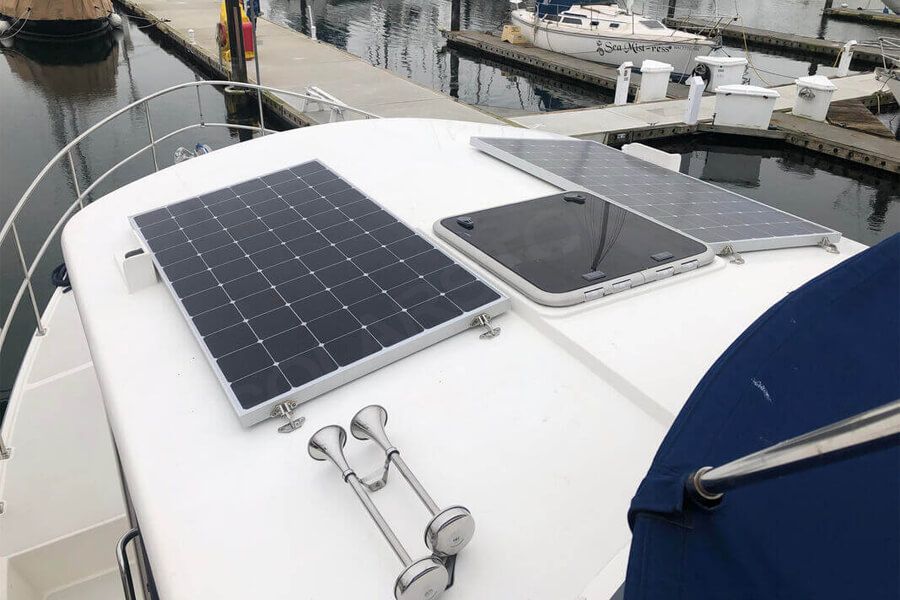
How Solar Power Systems Work
At the heart of any solar power system are the solar panels, which are comprised of smaller units called photovoltaic cells. These cells, typically made from silicon, are specially treated to create an electric field. When photons from sunlight strike the surface of a photovoltaic cell, they knock electrons loose from their atoms. This flow of electrons generates a direct current (DC) of electricity, a phenomenon known as the photovoltaic effect. However, most homes and businesses run on alternating current (AC). Therefore, a critical component of all solar power systems is the inverter, which converts the DC electricity produced by the solar panels into AC electricity, making it ready to power your appliances, lights, and other electronics.

The Manifold Benefits of Adopting Solar Energy
Embracing solar energy offers a wide array of significant benefits that extend beyond simple electricity generation. The most prominent advantage is its positive environmental impact. As a clean source of renewable energy, solar power produces no greenhouse gas emissions, directly combating climate change and reducing air pollution. Economically, installing solar panels can drastically lower or even eliminate monthly electricity bills, providing substantial long-term savings. Furthermore, properties equipped with solar installations often see an increase in market value. By generating your own power, you also gain a degree of insulation from volatile energy prices and potential grid failures, making it a smart and resilient investment for a sustainable future.
The Future is Bright for Photovoltaic Technology
Innovation within the field of photovoltaic technology is continuous and exciting. Researchers and engineers are constantly pushing the boundaries of what is possible, leading to more efficient, durable, and cost-effective solar solutions. Advancements include the development of bifacial panels that can capture sunlight from both sides, perovskite photovoltaic cells that promise higher efficiency rates, and seamless integration with battery storage systems. These improvements are making solar energy more versatile and reliable than ever before, paving the way for its widespread integration into smart grids and its use in a diverse range of applications, from personal electronics to large-scale utility power plants. This ongoing evolution ensures that solar power will remain a critical component of the global energy mix for decades to come.
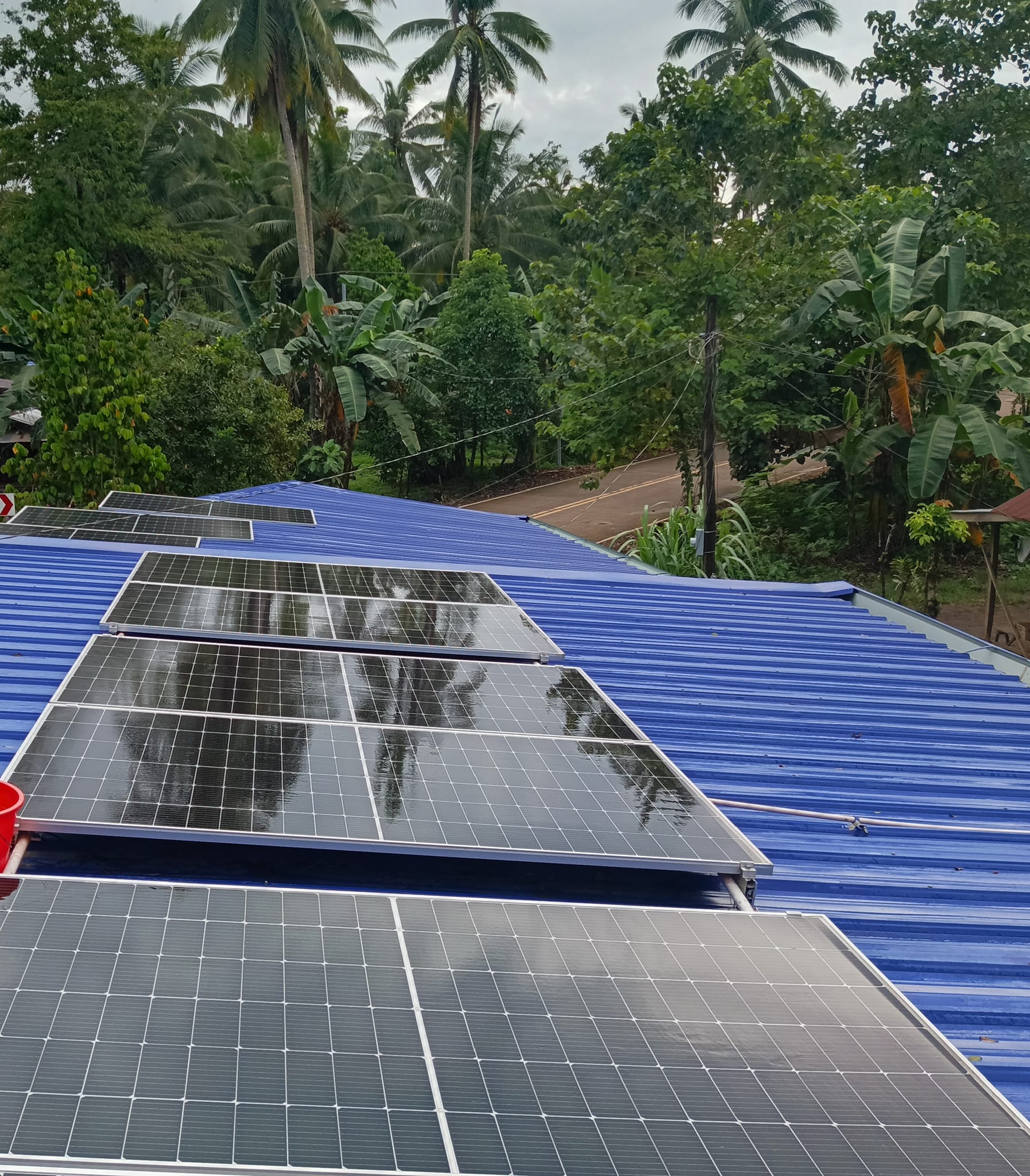
For more information on photovoltaic technology, please visithttps://youtu.be/JB56vgBNr6E?si=48ZjW1I9exvg7s-ofor detailed content.
